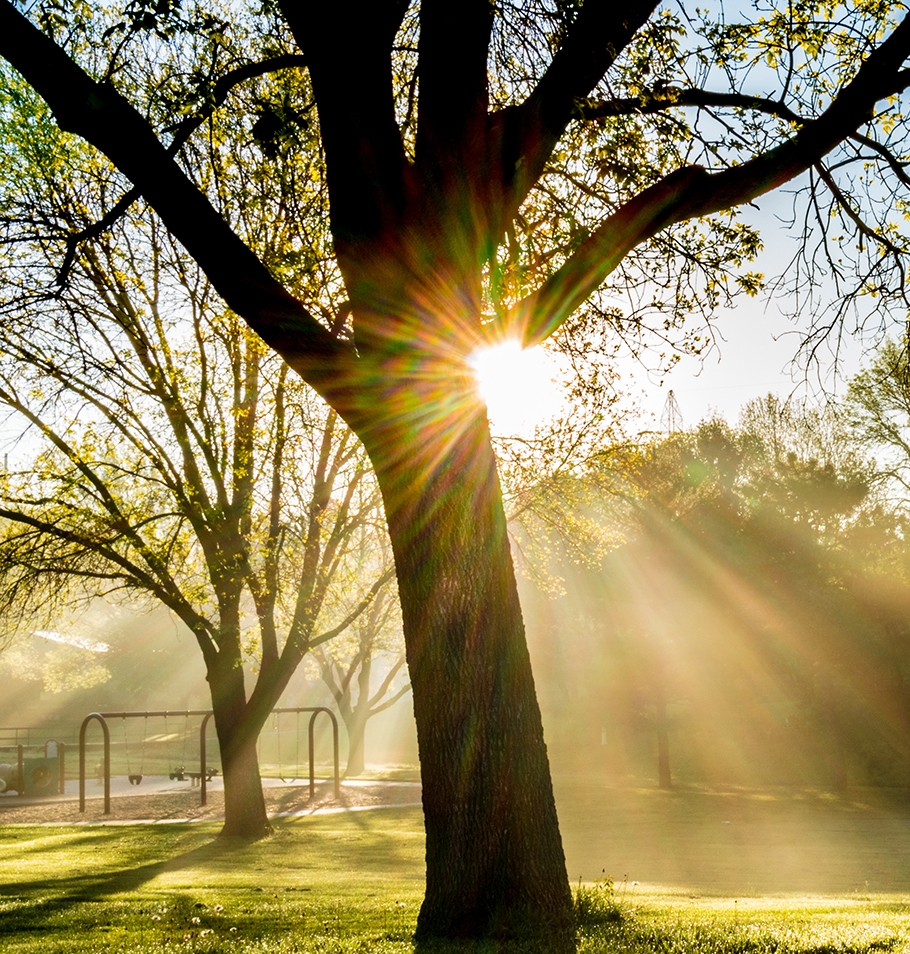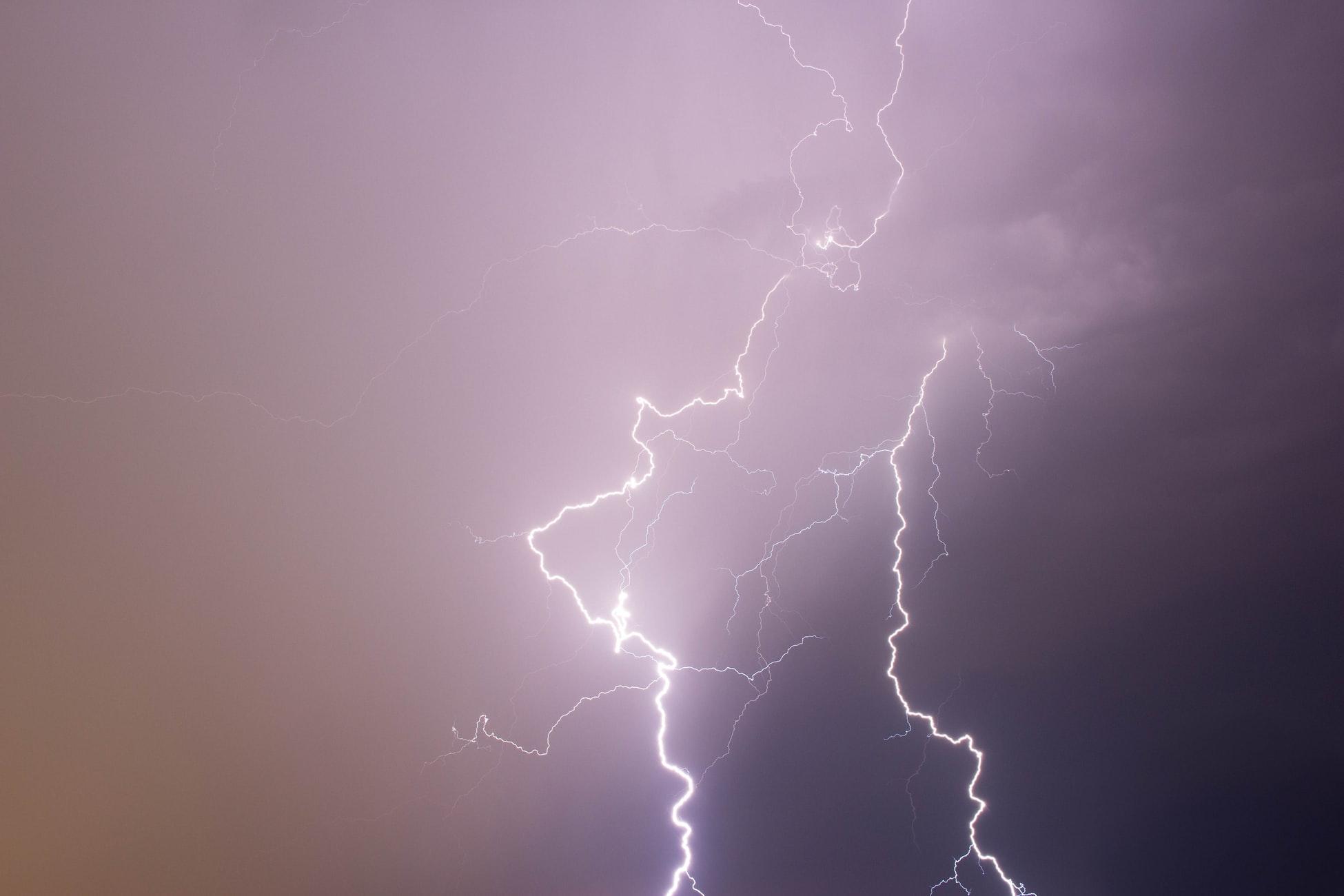If this is a life-threatening emergency, call 911 immediately.
Safety is a core value at LES because we know how dangerous electricity can be. We take our commitment to safety a step further by educating our community about electrical safety during an outage.
- If you have a special medical need, be sure to make arrangements ahead of time for a battery backup or generator for your medical equipment.
- Make sure your PowerLine information is up to date. For PowerLine — LES’ outage call management system — to work for you, it must have your most up-to-date information.
- Update your PowerLine information online or call LES Customer Service at 402.475.4211 during regular business hours.
- Make an emergency plan and get others in your household involved in preparing for an emergency.
- If you plan to set up a backup generator, be sure it is connected to your home or building correctly. Doing so incorrectly is dangerous and can be deadly to you and lineworkers helping to restore your power during an outage. The only safe — and legal — way to connect your generator is through a properly installed “double throw switch.” Learn more about Generator Safety on our Safety page.
- Always be sure to follow the appropriate guidance for planting trees away from power lines to reduce the potential for outages on your property. LES supports planting “The Right Tree in the Right Place.” Learn more on our Safety page.
- FEMA’s website, Ready.gov, has great resources to help folks be prepared for whatever comes their way.
- If you have a special medical need and do not have battery or generator backup during an extended or widespread outage, go to a location that has power (home of relative/friend, American Red Cross shelter, hotel) until power is restored. Check with local media to find a shelter, or download the Red Cross shelter app.
- Call LES PowerLine, 24/7, at 888.365.2412 (toll-free). Stay on the line and select option 4 to leave a voice mail and state your medical need for power. LES staff will manually retrieve the voice mails as time permits.
- Be sure you aren’t the only one experiencing an outage. If your neighbors still have power, check fuses and circuit breakers.
- Keep freezers and refrigerators closed.
- If using a generator, be sure to read all operating instructions and manufacturer warnings. And never operate a generator while standing in water or indoors. Learn more about Generator Safety on our Safety page.
- Do not use a gas stove or oven to heat your home.
- Disconnect appliances and electronics to avoid damage from electrical surges.
- If an electrical fire starts at a wall outlet, dial 911 to report the emergency. Give your address and tell them it’s an electrical fire.
- If the fire is small, use your home CO2 fire extinguisher. DO NOT put water on an electrical fire.
- If in doubt, get out and take everyone with you.
- Go to a community location with power if heat or cold is extreme.
- Be a good neighbor and check on the welfare of others, if it is safe to do so.
- If overhead power lines are downed for any reason, stay clear until you are sure the power is shut off. Learn more about safety around Power Lines & Equipment on our Safety page.
- Check LES’ Outage Center and social media feeds (Facebook & Twitter) to stay updated on large outages.
- When in doubt, throw it out! Throw away any food that has been exposed to temperatures 40 degrees or higher for two hours or more, or that has an unusual odor, color or texture.
- Follow directions on the label for any medication that should be refrigerated. Consult your doctor or pharmacist immediately for a new supply.
- Don’t forget to put out any candles, kerosene lamps, etc., you may have used during the outage. These can become fire hazards if left unattended.
- If you have damage to equipment on your home after an outage, check to see who owns what. If it is your responsibility, contact a licensed electrician immediately.
When outages occur, our lineworkers restore power as quickly and safely as possible. If you see LES crews in your area during an outage, please do not disturb them while they work. This is for your safety and that of the crews while they assess damage and make repairs in potentially dangerous situations.
During restoration, system operators and field crews collaborate to strategically prioritize work to both keep the public safe and ensure power is restored to the community quickly. For a look at how LES focuses the order of its restoration efforts, see the video and other details below.
Restoring power to critical infrastructure, including local hospitals, Lincoln police and fire departments, and municipal water treatment facilities, is always a primary focus for any restoration efforts.
Transmission lines carry power from generating stations to substations where it is transformed to the appropriate voltage and then distributed to feeders. Without these critical lines in service, there is no way to feed electricity into our local electric system.
As the broadest part of the distribution system, substations and the distribution feeders originating from them often serve thousands of customers. Restoring these next has the highest chance of quickly restoring power to the most people possible.
Lateral lines can be thought of as fused branches off distribution feeders. They can serve customer groups up to the hundreds, which is why they are next in order of restoration.
Distribution transformers are served from lateral lines and reduce distribution level voltages to a lower voltage suitable for consumption in your home or business. Each transformer can serve up to 25 customers.
Once critical infrastructure, transmission lines, feeders and lateral lines have been repaired, it is likely that much of the community has had power restored. At this point, individual homes and businesses whose service connections have been damaged are assessed and repaired. LES also sends damage assessors out throughout the storm to individual customers not related to any other outages to determine if the customer will need to call an electrician out to repair the individual service before LES can restore power. This way, the customer can be working on that task while waiting for LES to get to them.
Crews will prioritize removal of trees and limbs from arterial streets, followed by debris removal from residential streets and driveways.
For trees blocking city streets or sidewalks, contact the Lincoln Police Department nonemergency number, 402-441-6000. Do NOT call 911. LPD keeps a list of areas and reports those to the Community Forestry crews.
For damage to other public trees between the curb and sidewalk, contact the City Community Forestry Section at 402-441-7847, ext. 0. Voicemail is available at this number, and residents are encouraged to provide their name, address, phone number and the nature of the problem.
Residents also can report damage to street trees at UPLNK.lincoln.ne.gov.
Tree debris on private property is the responsibility of the property owner. For tree debris on private properties, residents can contact their refuse haulers or take the debris to the city's North 48th St. Transfer Station, 5101 N. 48th St. For more information, visit lincoln.ne.gov (search: landfill).
(Information provided by the City of Lincoln)

For PowerLine — LES’ outage call management system — to work for you, it must have your most up-to-date information. PowerLine recognizes the phone numbers you provide and matches them to your service address. This allows us to quickly evaluate outages and dispatch crews.
UPDATE POWERLINE INFORMATION ONLINE
Or, call LES Customer Service at 402.475.4211 during regular business hours to update your information.


